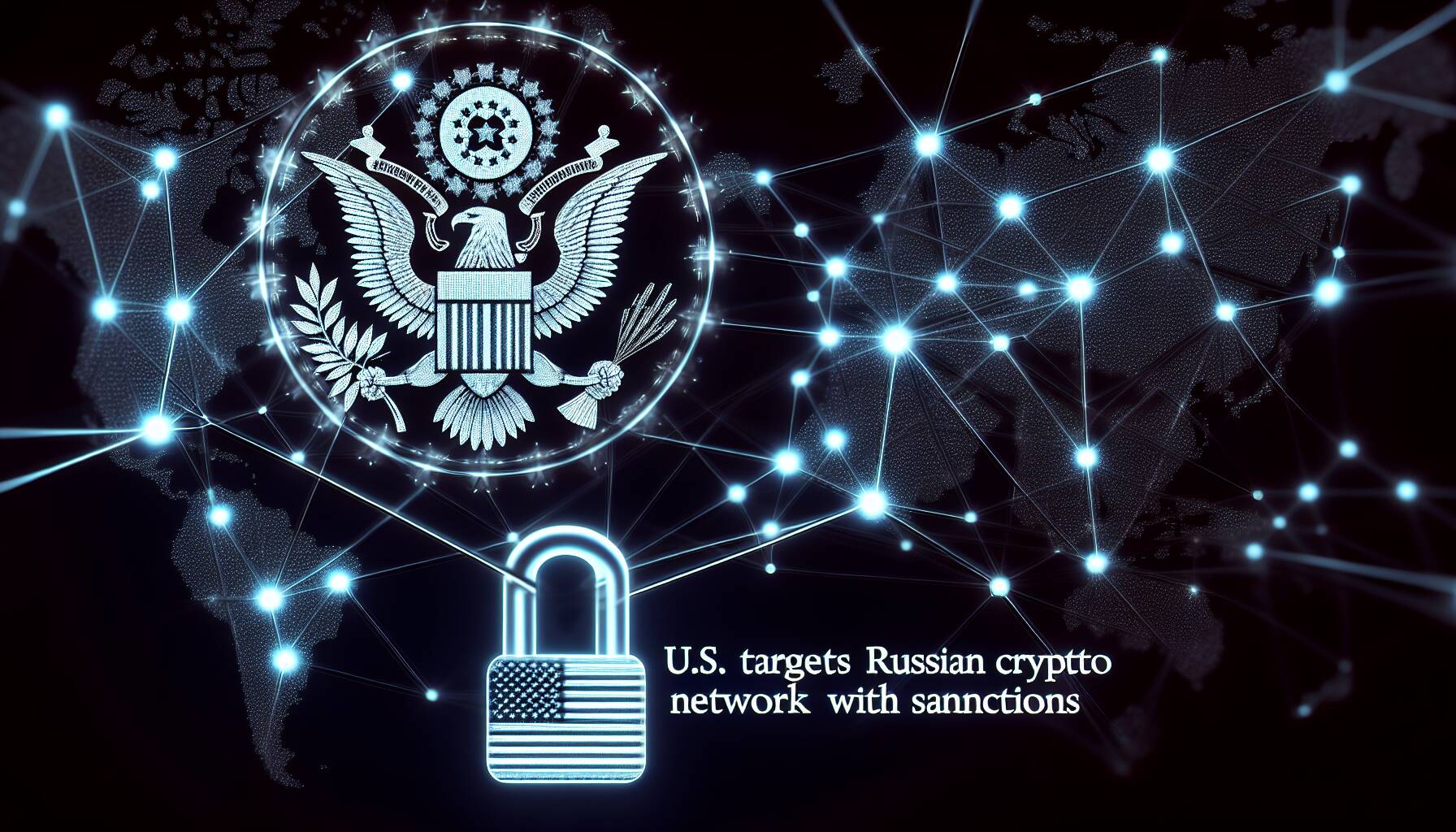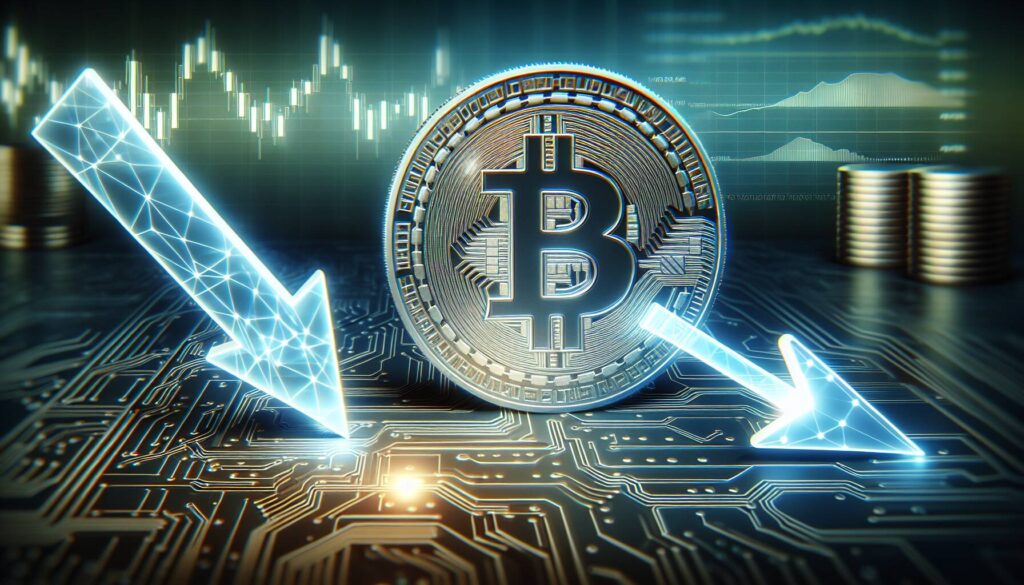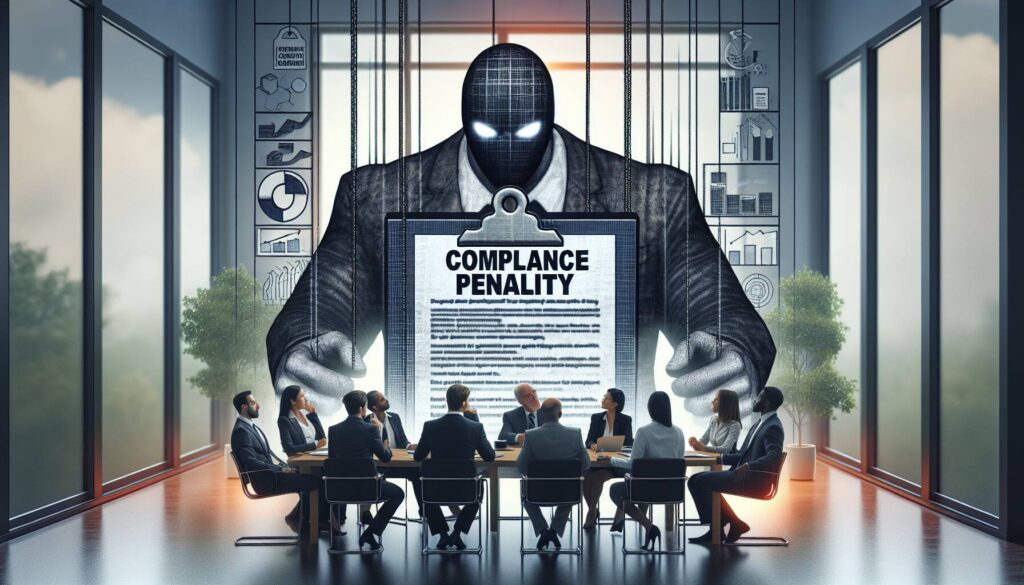In a significant move to reinforce international sanctions against Russia, the U.S. Treasury’s Office of Foreign Assets Control (OFAC) has imposed sanctions on a network of companies, including the high-profile Russian cryptocurrency exchange Garantex and its successor, Grinex. This action, announced on Thursday, aims to disrupt the operations that have allegedly facilitated financial activities linked to sanctioned entities, including transactions exceeding $100 million affiliated with ransomware and illegal darknet activities. The OFAC’s investigation revealed that these exchanges have played a crucial role in enabling Moscow to circumvent strict global sanctions.
Founded in 2019 and originally licensed in Estonia, Garantex has faced scrutiny due to its connections with the ruble-backed stablecoin A7A5, which is reportedly designed to assist Russian users in settling cross-border payments. The token’s backing by state-owned Promsvyazbank and other individuals with dubious legal backgrounds highlights the ongoing challenges posed by digital assets in the context of international finance and compliance. Treasury officials pointed out that the actions taken today, in coordination with the U.S. Secret Service and the FBI, underline their commitment to cutting off digital channels that facilitate ransomware attacks and sanctions evasion.
The swift creation of Grinex, shortly after authorities seized Garantex’s domain and froze $26 million in assets, illustrates the adaptive nature of these crypto operations. With reports indicating that A7A5 is processing approximately $1 billion a day, concerns grow about its role in a broader sanctions evasion strategy, as highlighted by blockchain analytics firm Elliptic.
Top executives associated with Garantex, including Sergey Mendeleev, have also faced punitive measures, reflecting the U.S. government’s focus on curtailing the operations of firms that enable sanctioned Russian businesses to engage in trade using crypto. As these developments unfold, they serve as a stern reminder of the complexities at the intersection of cryptocurrency use and regulatory compliance, impacting both national security and the reputation of legitimate virtual asset service providers.

U.S. Sanctions Against Russian Crypto Network
Key Points:
- Sanctions Imposed: OFAC sanctioned a network associated with the shut-down Russian crypto exchange Garantex and the A7A5 stablecoin.
- Garantex Background: Founded in 2019, Garantex processed over $100 million in transactions related to ransomware and dark web activity.
- Creation of Grinex: Following the seizure of Garantex’s assets, Grinex was established to continue operations and restore access to customer funds.
- A7A5 Stablecoin: Created by Kyrgyzstan’s Old Vector, A7A5 is backed by Russian state-controlled Promsvyazbank, involved in defense financing.
- Sanctioned Entities: Old Vector, A7 LLC, and their subsidiaries, along with key executives from Garantex, were blocked from the U.S. dollar-based financial system.
- Impact on National Security: Officials emphasized that using crypto for laundering and ransomware poses a significant threat to national security.
- Rapid Growth of A7A5: By July, A7A5 processed approximately $1 billion daily, illustrating its role in evading sanctions.
- Alternative Payment Rails: The emergence of A7A5 signals a shift towards using cryptocurrencies to bypass traditional banking sanctions.
“Exploiting cryptocurrency exchanges to launder money and facilitate ransomware attacks… tarnishes the reputations of legitimate virtual asset service providers.” – John K. Hurley
Sanctions and the Evolving Crypto Landscape: A Closer Look at Garantex and A7A5
Recent developments from the U.S. Treasury’s Office of Foreign Assets Control (OFAC) shine a light on the intricate connections between cryptocurrency and international sanctions. The action taken against Garantex and its successor Grinex highlights the ongoing struggle between regulatory bodies and the cryptocurrency sector. While the crackdown aims to disrupt the illicit activities associated with these exchanges, it raises questions about competitive advantages for compliant crypto firms versus the operational risks for those linked to sanctioned entities.
Competitive Advantages: The measures imposed by OFAC create a significant advantage for legitimate cryptocurrency exchanges that adhere to regulatory standards. As authorities increase scrutiny on companies implicated in sanctions evasion, compliant firms could benefit from a flight to safety among investors wary of associating with high-risk platforms. This increased regulatory oversight may enhance consumer confidence, allowing compliant exchanges to capture market share.
Moreover, the crackdown might lead to a consolidation within the market, where smaller, less compliant exchanges fall by the wayside. Consequently, larger firms with robust compliance frameworks can strengthen their positions, potentially leading to increased partnerships with traditional financial institutions eager to navigate the evolving landscape.
Disadvantages and Challenges: On the flip side, aggressive actions against certain exchanges also pose risks. Companies that inadvertently connect with sanctioned entities may face reputational damage and enforced compliance costs. Additionally, the virtual asset service providers caught in the crosshairs of OFAC’s sanctions could struggle to regain user trust and access to essential banking services, ultimately hampering their growth potential.
The metrics around the A7A5 token’s rapid rise, processing a staggering $1 billion daily, indicate a shifting dynamic in how cryptocurrencies can be leveraged for transactions, particularly for operations circumventing traditional banking systems. This could present challenges for those companies that focus on compliance, as they may find themselves at a competitive disadvantage compared to entities willing to engage in riskier transactions.
Beneficiaries and Those at Risk: The tightening of sanctions could disproportionately benefit well-established, regulated exchanges while creating obstacles for emerging or less compliant platforms. Investors and users of crypto services may favor exchanges with clear compliance records over those entangled in controversy. Conversely, exchanges like Grinex or those connected to entities such as A7A5 may face operational hurdles and a dwindling user base as the market trends towards greater regulatory adherence.
As the crypto landscape continues to evolve, the ongoing tug-of-war between regulation and innovation will inevitably shape the future of digital assets, presenting both opportunities and challenges for all stakeholders involved.

















